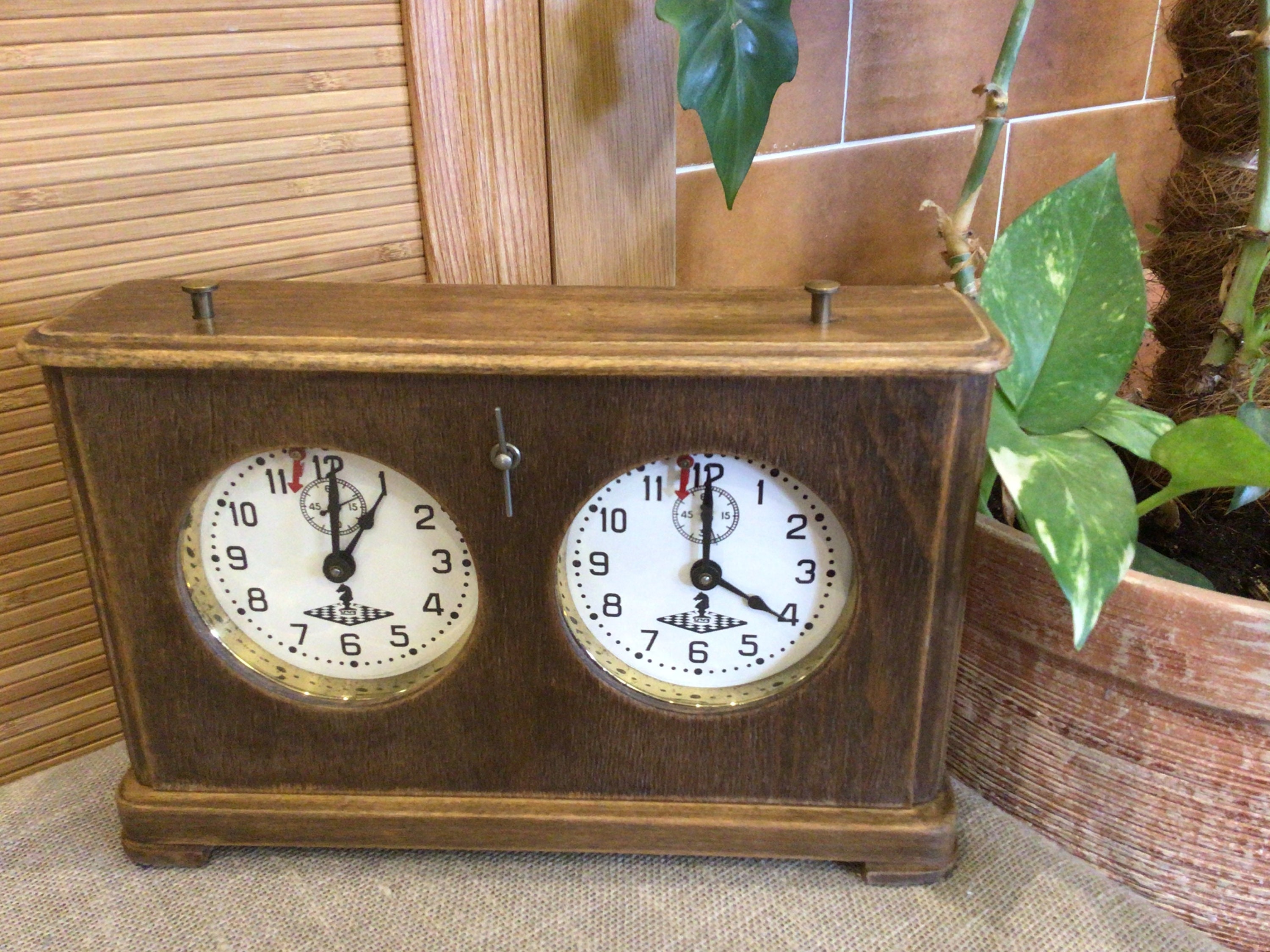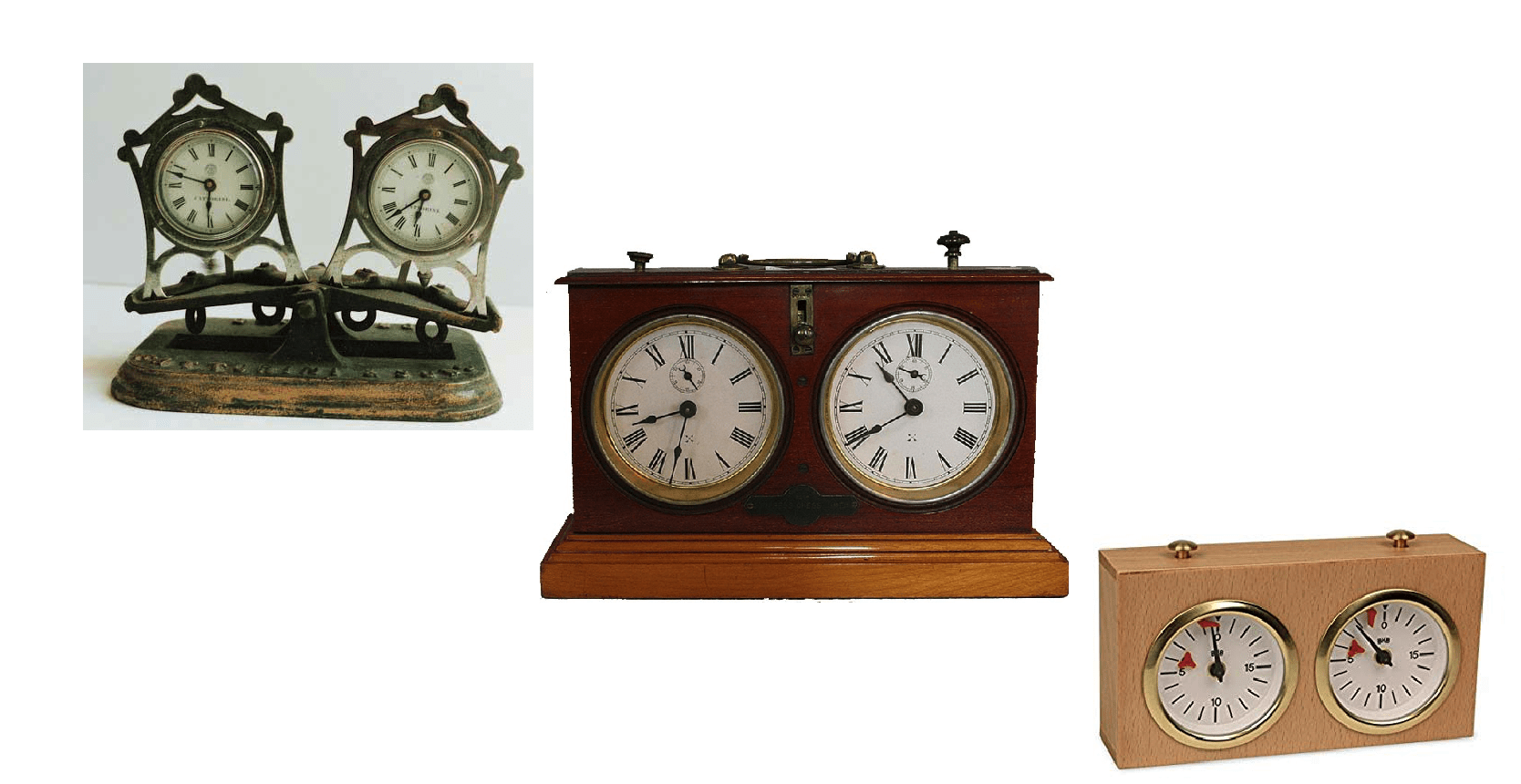

For example, the display was done with red LEDs. Typical of most inventions, it was crude compared to the products on the market many years later and was limited by the technology that existed at the time. In 1973, to address the issues with analog clocks, Bruce Cheney, a Cornell University Electrical Engineering student and chess player, created the first digital chess clock as a project for an undergraduate EE course. It is not unusual in slow chess games for a player to leave the table, but the clock of the absent player continues to run if it is their turn, or starts to run if their opponent makes a move. The opening moves in chess are often played quickly due to their familiarity, which leaves the players more time to consider more complex and unfamiliar positions later. The players may take more or less time over any individual move. The simplest time control is "sudden death", in which players must make a predetermined number of moves in a certain amount of time or forfeit the game immediately.Ī particularly popular variant is blitz chess, in which each player is given a short time, such as five minutes, on the clock in which to play the entire game. In a tournament, the arbiter typically places all clocks in the same orientation, so that they can easily assess games that need attention at later stages. Their use has since spread to tournament Scrabble, shogi, go, and nearly every competitive two-player board game, as well as other types of games. The first time that game clocks were used in a chess tournament was in the London 1883 tournament as invention by Thomas Bright Wilson of Manchester Chess Club. The purpose is to keep track of the total time each player takes for their own moves, and ensure that neither player overly delays the game.Ĭhess clocks were first used extensively in tournament chess, and are often called game clocks.

Chess clocks are used in chess and other two-player games where the players move in turn, and in some legal settings where each side is allotted a specific amount of time for arguments. A chess clock consists of two adjacent clocks with buttons to stop one clock while starting the other, so that the two clocks never run simultaneously.


 0 kommentar(er)
0 kommentar(er)
